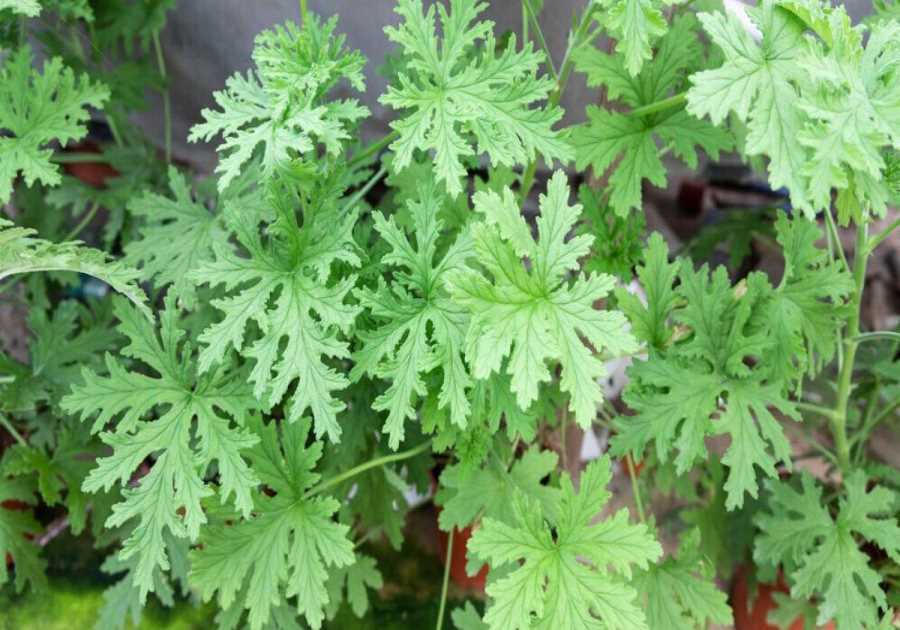In 2021, five people in the U.S. died from rabies transmitted by bats, prompting widespread fear-inspiring news reports about their dangers.
All instances were tragic. But the truth is, such deaths are rare, and most could have been prevented with a little knowledge. In 2019, 2020 and 2022, there were no reported rabies deaths by bat transmission in the U.S.
“Bats are actually important guardians of human health, protecting us from the world’s deadliest animal — the mosquito — by consuming 1,000 per hour,” says Will Harlan, southeast director and senior scientist at the Center for Biological Diversity.
“The 1.5-million Brazilian free-tailed bats living in the center of Austin, Texas, provide a great example of how humans and bats can thrive together … without a single individual being bitten or contracting any disease.”
Here’s what to know about bats and rabies, and how to protect yourself, your family and our helpful flying mammal cousins.
Do Bats Carry Rabies?
Yes. But transmission of rabies from bats to humans is extremely rare, with an average of just one or two cases per year in North America. Most come from someone handling a sick bat, which bites in self-defense.
“For anyone who simply doesn’t handle bats, the risk is close to zero,” says a spokesperson for Merlin Tuttle’s Bat Conservation. “Bats are gentle, sophisticated, virtually harmless mammals and have one of the best records of living safely with humans.”
Also, the vast majority of bats aren’t rabid. Less than one percent actually carry rabies, according to the U.S. Department of Agriculture (USDA).
“Meanwhile, bats provide essential public health benefits that we rarely notice,” says Harlan. “They protect us from the further spread of West Nile virus and other deadly diseases. They protect our food crops from insects, preventing $23 billion in agricultural crop losses each year.
“Bats are the exclusive pollinator of the agave plant, which is used in making tequila and other drinks.”
Can Bats Spread Rabies Without Biting?

Yes. A scratch by a rabies-carrying bat that breaks the skin’s mucous membrane can also lead to rabies. It’s also possible you can be bitten by a bat and not know it, because their bites are tiny and often leave little evidence of a wound or puncture. However, this is rare.
“Humans typically feel and recognize bat bites,” says Harlan. “However, nearly all bat bites are provoked by handling bats.” As anecdotal evidence, in Tuttle’s 60-plus years of studying bats, he has never witnessed an unprovoked bite.
But rabies is serious and deadly if left untreated, so it’s important to know when seek medical help. If you’ve been in direct contact with a bat, or think you may have been bitten or scratched, the Centers for Disease Control and Prevention (CDC) recommends trying to capture the bat so it can be tested.
If you can’t capture it or aren’t sure if you’ve been bitten — say, if you wake up in the morning with a bat in your room — consult a physician immediately. This way they can assess your risk and determine if you should get a post-exposure prophylaxis (PEP) rabies vaccination.
“The biggest danger is the person being unaware they’ve been bitten,” says Roger Dickens, a board certified entomologist and technical service manager for Terminix. “The second-largest danger is not having the bat tested for rabies and seeking medical attention as a preventative measure.”
Do Bats Spread Other Diseases to People?
Yes. A fungus that grows in bat guano and bird droppings can cause the respiratory disease histoplasmosis, so never disturb guano without wearing proper protective clothing. Bats can also spread salmonellosis, yersiniosis and external parasites.
“Bats are incredible animals that provide both ecological and economic value,” says Meg Pearson, training manager at Critter Control. “But if you have them roosting in or on your home, it is important to call a professional to provide a humane removal service as well as sanitization and clean up.”
How Can I Protect Myself From Bats?
If you find bats in your home, get a bat exclusion and consider buying or building a bat house.
“Another way of preventing bats inside the home is to limit exterior lighting next to doors and windows, or changing white light bulbs to yellow or sulfur bulbs,” says Dickens. “These are less attractive to moths and other night flying insects, and so will help limit the attraction of bats to the home.”
It also helps to learn more about them.
“Bats are amazing, and the more we understand them and their behavior, the more we can reduce risks to both bats and people — and appreciate the wonder they add to the world!” says Danielle Brigida, senior director of wildlife communication and Strategy at World Wildlife Fund.
“We don’t have to be afraid, but we should be aware and recognize that a bat on the ground or in our house doesn’t want to be there, and it may be sick or injured. The best way to protect yourself and bats is to respect them from a distance.”
Merlin Tuttle’s Bat Conservation also provides these resources and reports about bat values, fear of bats and disease.
Did you miss our previous article...
https://rsssuperfeeds.com/life-hacks/the-yummly-smart-thermometer-boosted-my-confidence-in-cooking-meat






